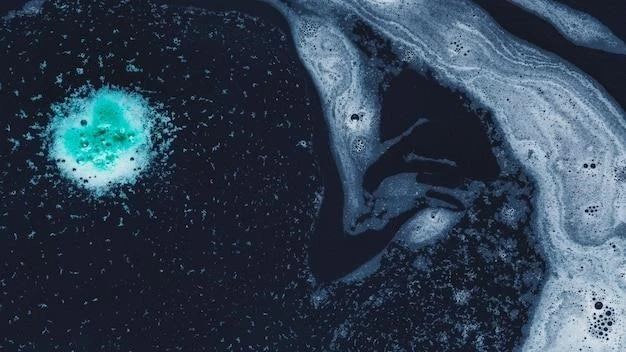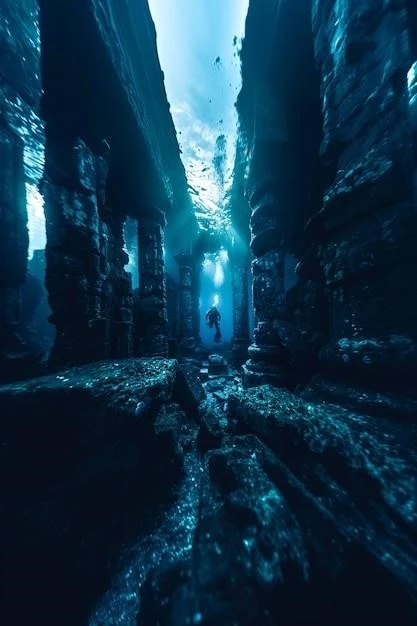The deep sea is a vast and mysterious realm, shrouded in darkness and subject to immense pressure. It is a place where life persists in the most extreme conditions, and one of the most fascinating examples of this is the presence of hydrothermal vents. These incredible geological formations, spewing superheated water rich in dissolved minerals, are the lifeblood of unique and thriving ecosystems.
My journey to the Mid-Atlantic Ridge, a region teeming with hydrothermal vents, was a life-changing experience. As our research vessel descended, the world above faded into an inky blackness. The pressure increased, pressing against the submersible, but the anticipation of what lay ahead kept my heart pounding. Then, as we approached the vent field, the scene was breathtaking. Towering chimneys of black smoker vents, spewing plumes of superheated, mineral-rich fluid, illuminated the surrounding darkness in an eerie, otherworldly glow.

A World of Extremes
Life at hydrothermal vents is a testament to the tenacity of life itself. These environments are characterized by extreme conditions: temperatures can reach over 350 degrees Celsius٫ pressures are immense٫ and the water is often toxic with hydrogen sulfide and other chemicals. Yet٫ in this seemingly hostile environment٫ a complex and diverse ecosystem thrives. The primary producers in this ecosystem are chemosynthetic bacteria٫ which use the energy from the chemicals released from the vents to create organic matter. These bacteria form the base of the food chain٫ supporting a wide array of organisms٫ from tiny invertebrates to large fish and even giant tube worms.
A Symphony of Life
My time observing the vent ecosystem was a captivating journey into a world unlike any other. I witnessed the intricate interactions between these organisms. The massive tube worms, their bodies adorned with vibrant colors, drew sustenance from the bacteria living within their tissues. The clams, their shells encrusted with mineral deposits, filtered the vent fluids for food. The crabs, their claws adorned with sharp spines, scavenged the vent floor, competing with the fish for scraps. And the fish, their bodies adapted to the low-oxygen environment, darted through the plumes of hot water, searching for prey.
A Fragile Balance
The vent ecosystem, while incredibly resilient, is also incredibly fragile. Human activities, such as deep-sea mining, can have devastating impacts on these unique environments. The loss of these vents would not only be a tragedy for the biodiversity of the deep sea but could also have significant impacts on the global carbon cycle. The chemosynthetic bacteria at vents play a role in removing carbon dioxide from the atmosphere, and their loss could contribute to further climate change.

A Call to Action
My experience at the hydrothermal vents was a reminder of the extraordinary diversity and resilience of life on Earth. It also highlighted the importance of protecting these unique ecosystems from human activities. We have a responsibility to understand and conserve these remarkable environments, ensuring that future generations can marvel at the wonders of the deep sea.










